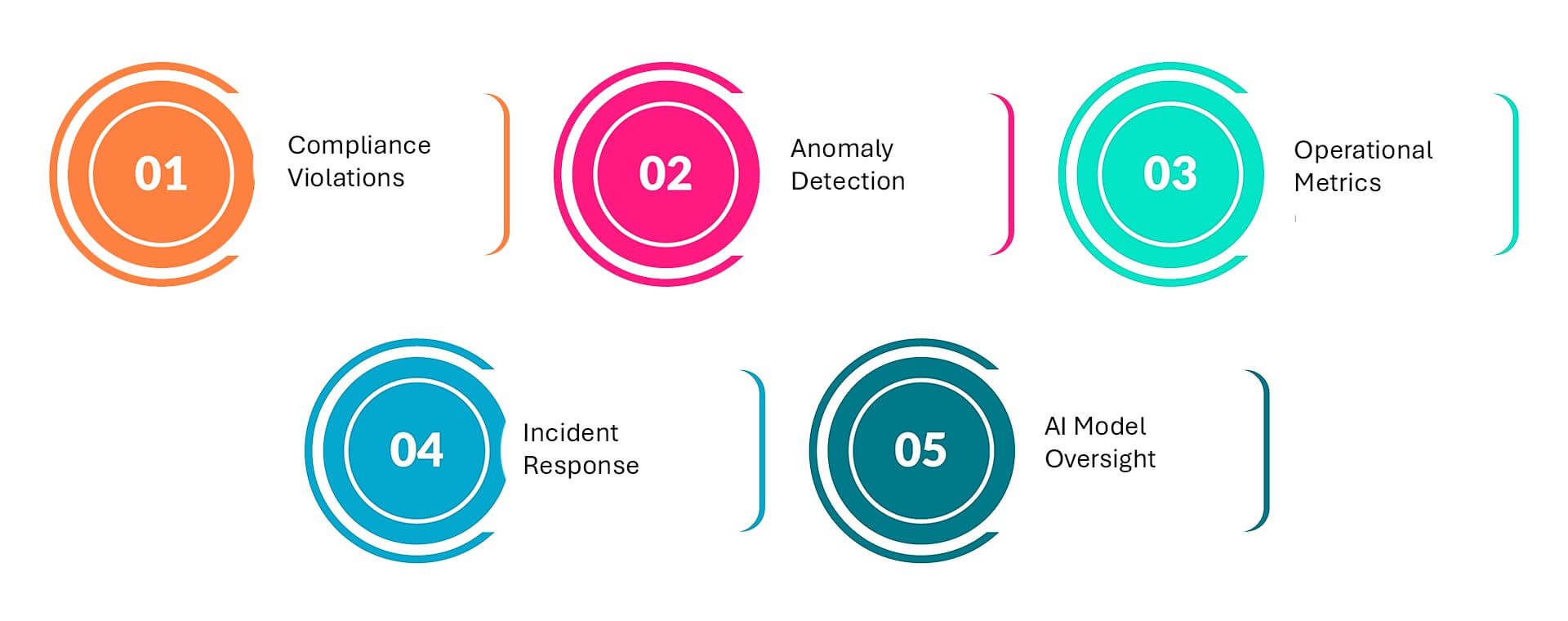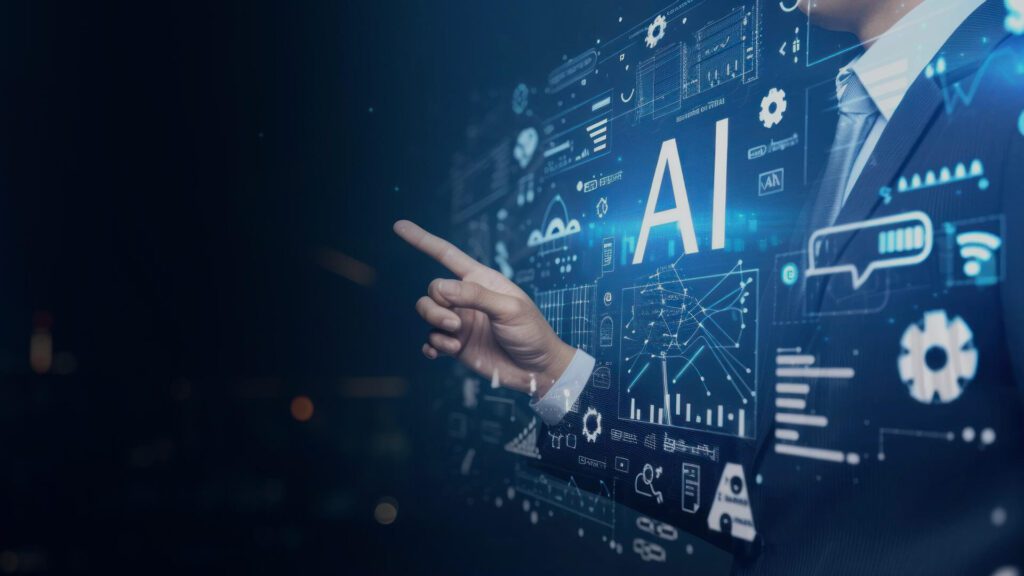Why It Matters
In today’s digital-first and AI-driven enterprises, waiting hours or even minutes for updates is no longer viable. Whether it’s a compliance violation, unauthorized data access, system anomaly, or sudden shift in market behavior—real-time visibility is essential for mitigating risks, maintaining trust, and capitalizing on opportunities.
Real-time notifications ensure the right stakeholders are immediately alerted when something goes wrong (or right), while dynamic dashboards and reports allow them to see the full picture. This speed-to-awareness translates directly into speed-to-action—a core competitive advantage in sectors like healthcare, finance, and cybersecurity.
Strategic Context: The Need for Instant Awareness in a Complex World
With increasing data decentralization, hybrid cloud architectures, and remote workforces, enterprises face a growing blind spot: operational latency. Real-time reporting counters this by ensuring observability and insight delivery remain immediate and precise—regardless of where the data lives or who needs it.
In AI governance, real-time monitoring helps track model behavior and compliance drift. In cybersecurity, it powers threat detection and rapid containment. In ESG reporting, it enables organizations to measure impact and emissions as activities unfold—not in hindsight.
Moreover, as regulations like GDPR, HIPAA, and the DPDP Act emphasize timely breach disclosure and auditable activity trails, real-time reporting becomes a compliance necessity—not just a nice-to-have.
Key Use Cases

- Compliance Violations: Get alerted instantly when data usage violates policy or regulatory boundaries.
- Anomaly Detection: Identify and flag suspicious behavior—such as abnormal access patterns or data movement—in real time.
- Operational Metrics: Monitor SLAs, KPIs, and performance baselines without delays or batch processing.
- Incident Response: Accelerate triage, forensic analysis, and communication by integrating alerts into automated remediation workflows.
- AI Model Oversight: Track drift, bias, or data quality issues as they happen, allowing AI governance teams to step in proactively.
The Future Outlook
As organizations move toward autonomous operations, the role of real-time notifications and reporting will become even more integrated and intelligent. Expect systems to evolve from basic alerts to contextual nudges, real-time insights embedded into workflows, and predictive notifications based on behavioral analytics.
Ultimately, real-time awareness is not just about being fast—it’s about being relevant, actionable, and always ahead.
Getting Started with Data Dynamics:
- Learn about Unstructured Data Management
- Schedule a demo with our team
- Read the latest Blog: The Sovereign AI Paradox: Building Autonomy Without Breaking the Business






